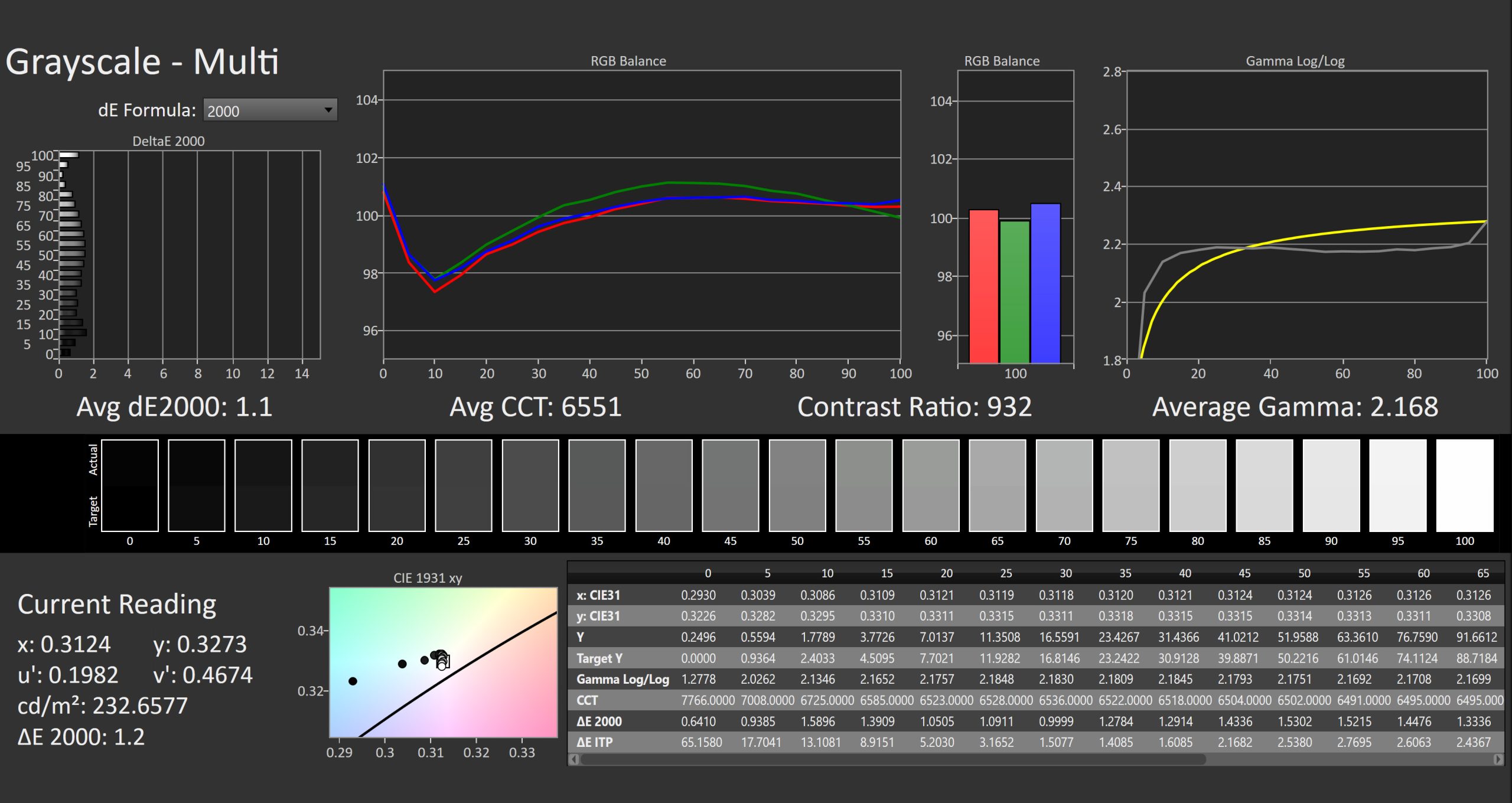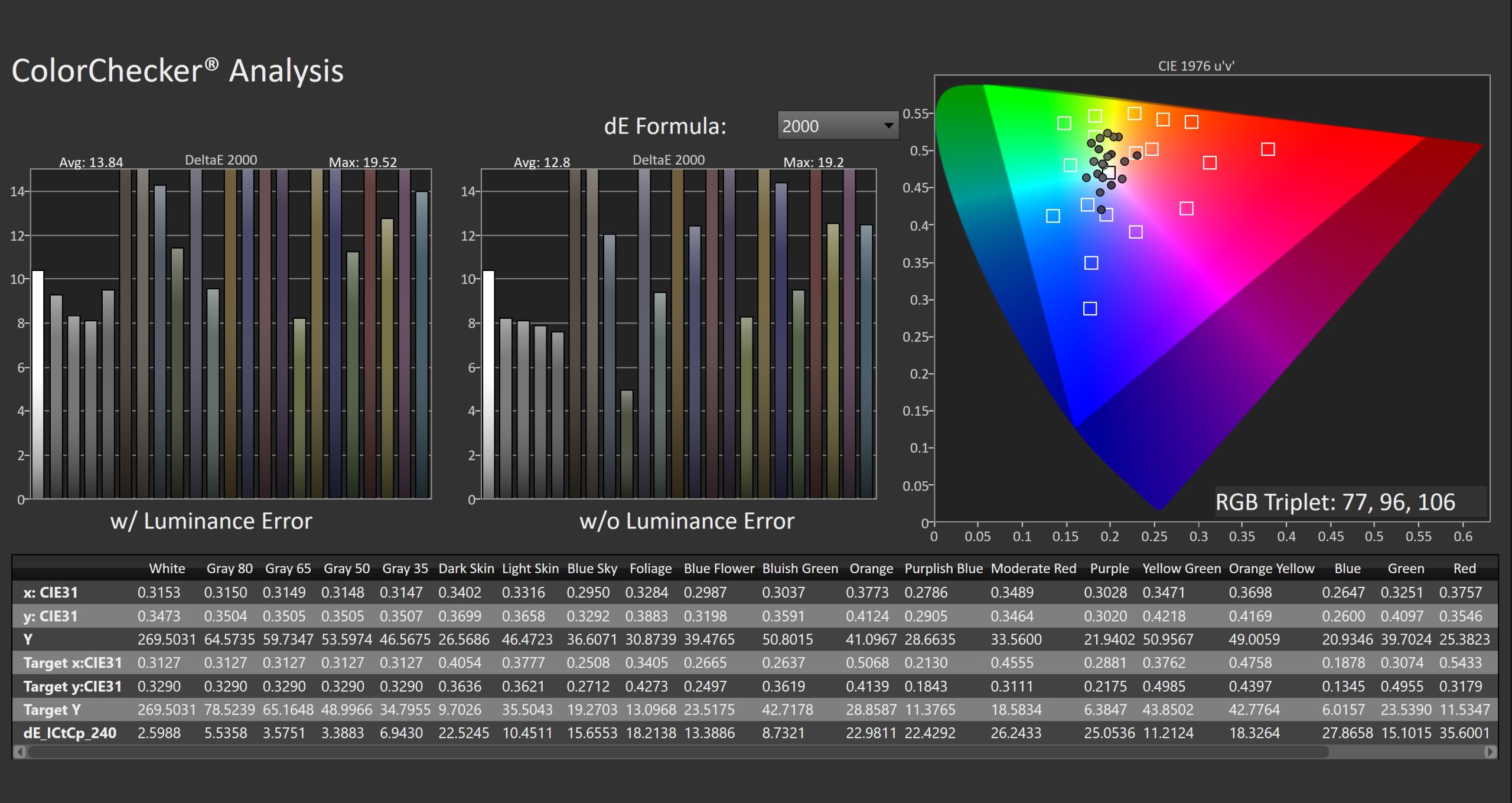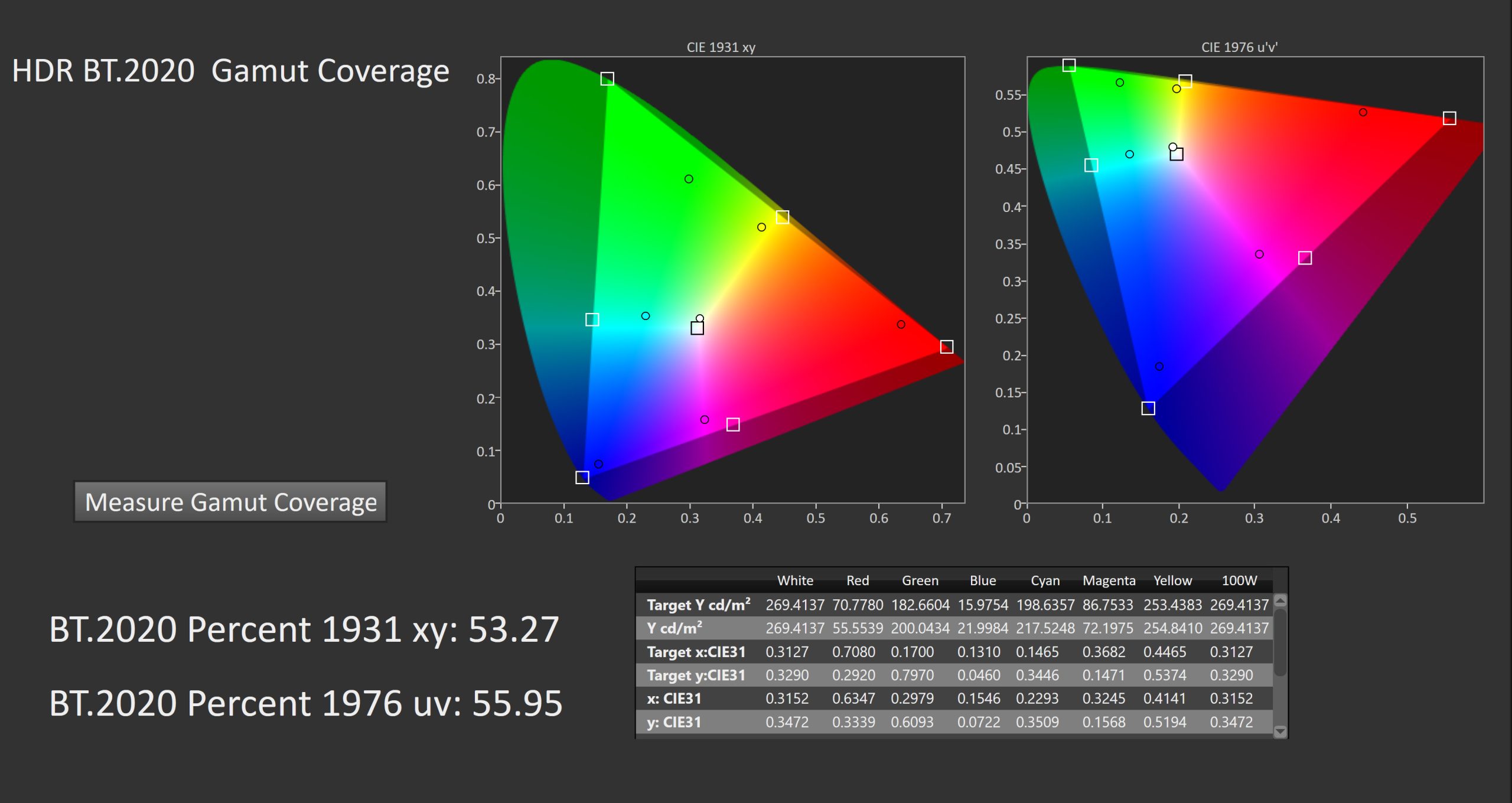Out with the old and in with the new. In our never-ending quest to bring you the most in-depth and accurate reviews, KitGuru is updating our monitor test methodology with Portrait Display's Calman Ultimate software. This allows us to test with far greater precision and detail than ever before, so read on to find out how our monitor reviews will be changing…
For several years now, KitGuru has been using Datacolor SpyderX colorimeter units, and the included Spyder software suite, to conduct our testing for monitor reviews. While still a useful and affordable tool, we have been looking to step things up in a way that neither the Spyder software nor hardware would allow. Enter Portrait Displays, who kindly provided us with a license for Calman Ultimate, software you may be familiar with from the likes of TFTCentral and Hardware Unboxed.
We've also improved our hardware thanks to the X-Rite i1 Display Pro Plus colorimeter, now known as the Calibrite Display Plus. This offers significantly better low-light accuracy than the Spyder, which in turn improves reported contrast ratios, while it can measure brighter displays too – up to 2000 nits, which is necessary for proper testing of HDR monitors. Not only that, but it works with OLED monitors too, something the SpyderX and even Spyder X2 units still don't officially support.
Below we outline the new areas of our testing, with a brief explanation of what the data means and the sort of results we are looking for.
SDR
First is brightness and contrast. We will measure five sets of data per monitor, reporting white luminance, black luminance and the corresponding contrast ratio from each monitor, with the brightness set at 0%, 25%, 50%, 75% and 100%. This allows us to see the range of brightness on offer from each screen and to ensure that the contrast ratio is consistent across the range.
For the first time, we are now able to present greyscale (or grayscale for those across the pond) measurements. This test runs through a total of 20 shades, from black to white, and measures the white balance relative to the target – which for our purposes will be 6500K/D65, as is standard for monitors.
This test gives a deltaE (specifically dE 2000) result to each shade, the lower being the better. In the example above we see excellent results with an average dE2000 of just 1.1, though results for every shade tested are also shown.
Alongside that part of the results, we find a nice visualisation of the RGB balance across the range, with an average CCT (Correlated Colour Temperature) presented, with 6500K being the target. Lastly, a gamma curve is also generated, alongside an average gamma result, where 2.2 is the ideal.
Gamut relative to sRGB
With Calman Ultimate, we also have the ability for more advanced gamut testing. By default, we will be targeting the sRGB gamut which most monitors should be able to cover fully…
Gamut relative to DCI-P3
However, many wide gamut monitors now extend far beyond the sRGB colour space, so with Calman we are able to measure gamut relative to a far greater number of other colourspaces, such as DCI-P3 (as above) and Adobe RGB or Rec. 2020.
ColorChecker accuracy relative to sRGB
The same also goes for our new colour accuracy tests, using Calman's ColorChecker tool. This measures a total of 49 different colour patches and determines the accuracy of each, via a deltaE (dE2000) figure, and an average result is also provided. As a guide, Calman suggests anything below 1 is excellent, a result between 1-3 indicates some deviation, but above that is a poor result. By default, this is all done relative to the sRGB space…
ColorChecker accuracy relative to DCI-P3
But we can also show colour accuracy relative to other colourspaces, as with the DCI-P3 results shown above. Wide gamut monitors will tend to deliver more accurate results here than when shown relative to sRGB, due to the colours extending beyond the sRGB space.
HDR
For the first time in our monitor reviews, we also have the ability to properly test a screen's HDR capabilities. This includes tests similar to the ones shown above – including greyscale, gamut and colour accuracy, though with some slight differences.
Critically, Calman offers a very handy test for luminance too, where it runs through 8 different window (APL) sizes and measures the display's brightness at each one (1%, 2%, 5%, 10%, 25%, 50%, 75% and 100% APLs). This is key for HDR testing, particularly OLED and mini-LED screens which will likely dim as the window size increases. Now we can test this precisely to see how behaviour changes depending on the window size.
All in all, our testing is set to improve significantly as we head into 2024. If you have any questions or suggestions, please don't hesitate to leave a comment.
Thanks to Portrait Displays for providing us with a Calman Ultimate license. You can read more on their website HERE. Special thanks also to Simon Baker from TFTCentral who kindly provided assistance with getting this new testing suite set up. You can find Simon's excellent reviews at TFTCentral HERE.
Discuss on our Facebook page HERE.
KitGuru says: We look forward to presenting our first monitor review with the revamped methodology!
 KitGuru KitGuru.net – Tech News | Hardware News | Hardware Reviews | IOS | Mobile | Gaming | Graphics Cards
KitGuru KitGuru.net – Tech News | Hardware News | Hardware Reviews | IOS | Mobile | Gaming | Graphics Cards














